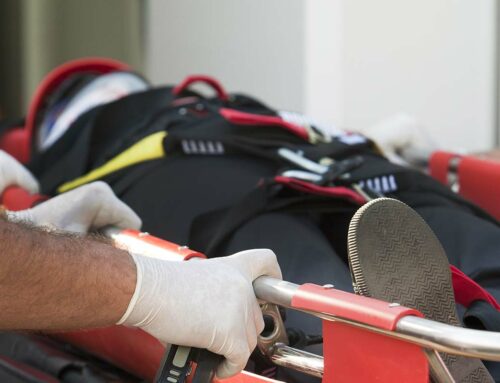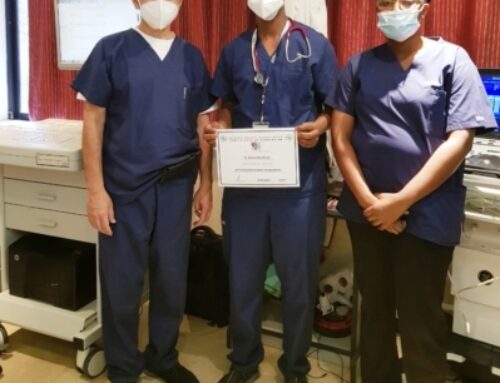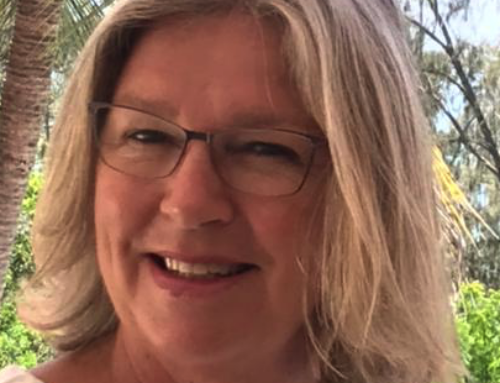COVID-19 in Africa, 2 years on …
It has been exactly 2 years since the WHO declared COVID-19 a pandemic, changing the very fabric of our lives in uncountable ways.
From lockdown, curfews, social distancing and remote working to school closures, travel restrictions, PCR testing and mask wearing; our world looks and feels very different today. Undoubtedly, we have all had to adapt while learning on the fly, making both mistakes and progress in equal measure. Two years in however, it is time to reflect on our learnings and navigate a less complex way forward.
The future of COVID-19 is simply going to have to be co-existence. By definition, co-existence is the fact of living or existing together at the same time or in the same place. And after numerous waves and variants in the past 24 months, it is clear that the virus is here to stay and our job is to find a way to peacefully and healthily, live with COVID-19.
The most widely accepted reason that we can find a way to co-exist with COVID-19 is a simple one; vaccination. The world over, the best minds have worked together to create this solution and to deliver these vaccines to every corner of the globe. As would be expected, roll-out has been more successful in developed countries, but that cannot undermine efforts in less developed areas. In Africa, we are at 12.24% 1 of population with 2 doses of vaccines administered. The vaccination rate needs to increase six times if the continent is to meet the 70% target set for the middle of this year. Currently 6 million people are vaccinated on average every week in Africa, and this number needs to increase to 36 million to reach the 70% target agreed globally. Although Mauritius and Seychelles have already met the 70% target and seven African countries have vaccinated 40% of their population, vaccination rates on the continent remain low. Twenty-one countries have fully vaccinated less than 10% of their populations, while 16 have vaccinated less than 5% and three have fully vaccinated less than 2% 2 .
Vaccination as a solution to coexist sounds simple but achieving an acceptable result is more complex. On top of that the pandemic has taken its biggest toll on already vulnerable populations. Economically, Africans are struggling to recover from the loss of income resulting from the numerous lockdowns and trading closures. Much donor aid has been allocated to direct COVID-19 needs such as ICU Beds, protective gear and testing, leaving less to service basic needs such as loss of income, shelter, food, education and healthcare.
Response-Med has seen first-hand the ravaging effects of the pandemic on healthcare on the continent. Both in remote areas and in urban areas. Much of our population rely heavily on government and donor services for support and have been unable to access or have only had limited access to these services for the past two years. One such example is HIV/AIDS patients and their requirement for regular access to anti-retroviral medication. In almost every case, the patient receives their life-saving drugs from either a government or donor source. “Since the pandemic started, treatment for children and lab testing kits have been significantly running low in stock. Consequently, acquiring HIV medications became a problem due to decreased ART supply; thereby, leading to the development of resistance to certain medications and an overall increase in HIV-related deaths. According to African news, the main reason for the current shortage of HIV drugs is the coronavirus pandemic, along with the hoarding in customs warehouses due to the surge in government taxation.” 3 .
The same applies to other diseases and illnesses prevalent on the continent, from Malaria to Tuberculosis and even Ebola. Without the right funding and resourcing, programmes that have made huge strides in managing and even combating these diseases will lose ground and infection rates along with hospitalisations and mortalities will continue to rise. The emergence of the COVID-19 pandemic has severely strained the health system in Africa in several ways including diminishing healthcare performance and resources. The COVID-19 restriction protocols and lockdown measure has disrupted childhood immunization. According to the World Health Organization, an estimated 80 million children in 68 countries are at risk of developing vaccine-preventable diseases such as measles, diphtheria, and polio, because of the disruption of routine immunization services. This is not surprising, as the immunization system relies on functioning health facilities and stable communities to be effective 4 .
Co-existence will ultimately be a fine balance of spreading already thin resources even further to ensure that our continent’s most vulnerable populations are still given the tools that they need to survive and thrive in our new normal.





